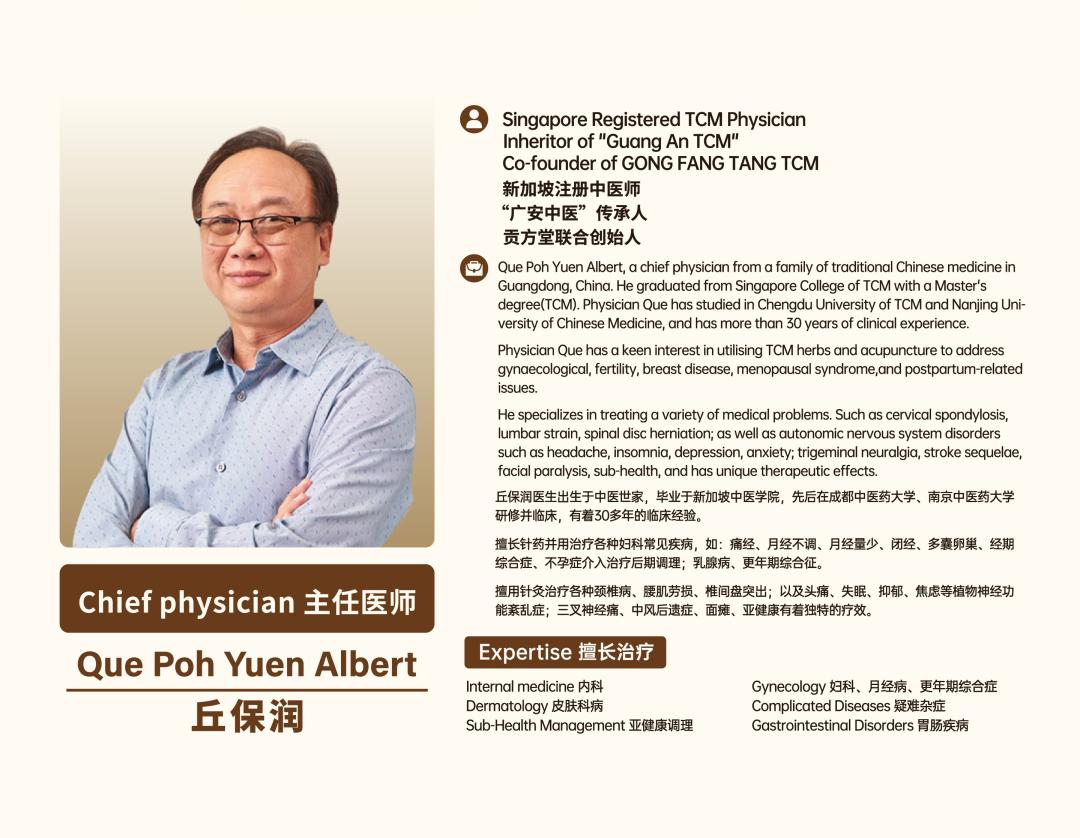- Physicians
- Clinics
- TCM
- Western GP
-
Fees
-
Deals & Privileges
- About & Resources
- Contact Us
As summer arrives with its high temperatures and frequent rains, there's nothing but "dampness" everywhere.
Traditional Chinese Medicine theory holds that during this season, external dampness can trigger internal dampness, most likely obstructing spleen yang and leading to impaired transportation and transformation.
Moreover, with the approaching "dog days" of summer, the stifling humidity causes many people to experience "internal accumulation of dampness pathogens," resulting in various physical discomforts:
Loss of appetite, bitter taste, and dry mouth
Diarrhea, abdominal pain, and digestive issues
Difficulty falling or staying asleep
Persistent discomfort in shoulders, back, waist, or knees
Increased irritability, procrastination, and anxiety
"Dampness" is one of the six external pathogenic factors in TCM (wind, cold, summer heat, dampness, dryness, and fire), and is considered the most stubborn.
Dr. Que Poh Yuen Albert, a TCM expert at Singapore's Gongfangtang TCM, explains that because dampness is sticky and stagnant in nature, it easily interacts with other pathogens, making conditions more complex and protracted.
Modern lifestyles—with preferences for rich, sweet foods or overeating, lack of exercise, and excessive indulgence in cold—often damage spleen and stomach yang qi, allowing cold-dampness to accumulate internally. Simply trying to eliminate dampness without changing these habits makes it difficult to address the root cause.

Three Major Signs of Excessive Dampness
How can you tell if you have excessive dampness in your body? First, we need to understand the characteristics of dampness as a pathogenic factor: heaviness and turbidity, stickiness and stagnation, tendency to obstruct qi movement, lingering and hard to cure, and easily combining with other pathogens.
Therefore, people with excessive dampness often exhibit symptoms described as "heavy," "greasy," "bloated," and "loose."
Physical Heaviness and Metabolic Abnormalities
Heaviness in limbs: Upon waking, the head feels like it's "wrapped in a damp cloth," with general fatigue in the limbs that worsens after activity. Modern medical studies have found that people with excessive dampness have 15%-20% higher water content in muscle tissue compared to normal individuals, leading to reduced exercise endurance.
Sticky stools: The toilet requires multiple flushes after bowel movements, and the stool has a sticky consistency. This is related to gut microbiota imbalance and abnormal fat metabolism.
Tongue coating characteristics: A swollen tongue with teeth marks on the edges, covered in a white or yellow greasy coating. A white greasy coating indicates cold-dampness obstructing the spleen, while a yellow greasy coating usually suggests damp-heat accumulation.
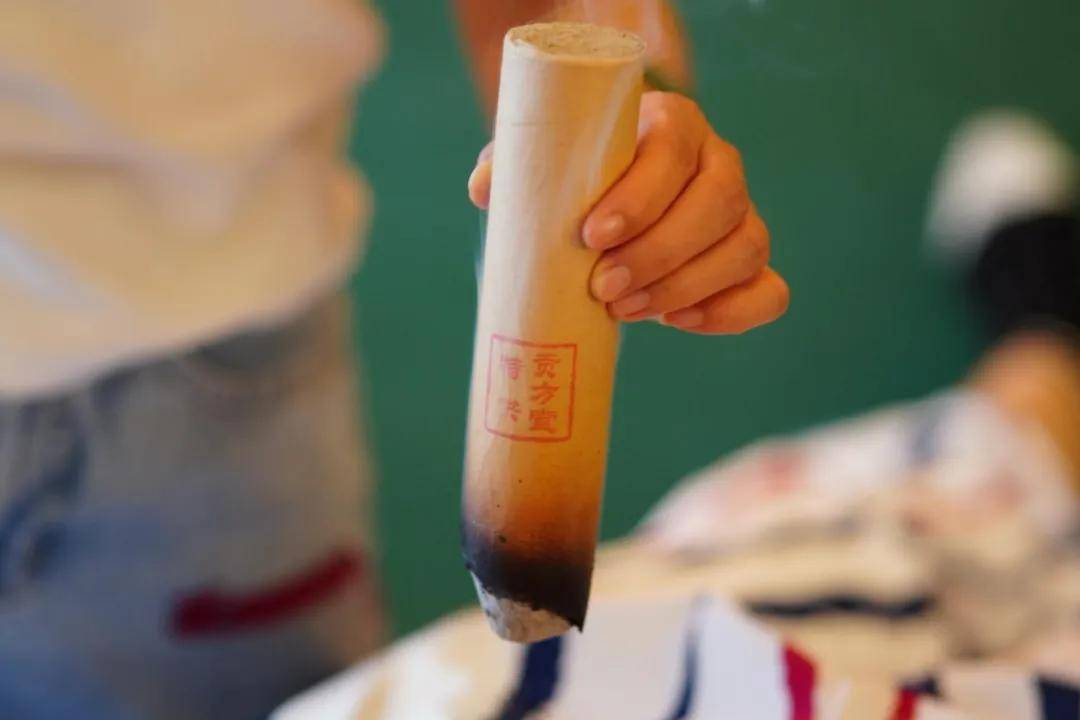
Dysfunction of Internal Organs
Spleen and stomach deficiency: Loss of appetite, abdominal bloating, with symptoms worsening after consuming greasy foods. People with excessive dampness experience 30% delayed gastric emptying compared to normal individuals.
Damp-heat in liver and gallbladder: Distending pain in the rib area, bitter taste and bad breath, and in severe cases, jaundice may occur.
Internal phlegm-dampness obstruction: Excessive phlegm when coughing, chest tightness, and shortness of breath, which are related to increased mucus secretion in the airways.
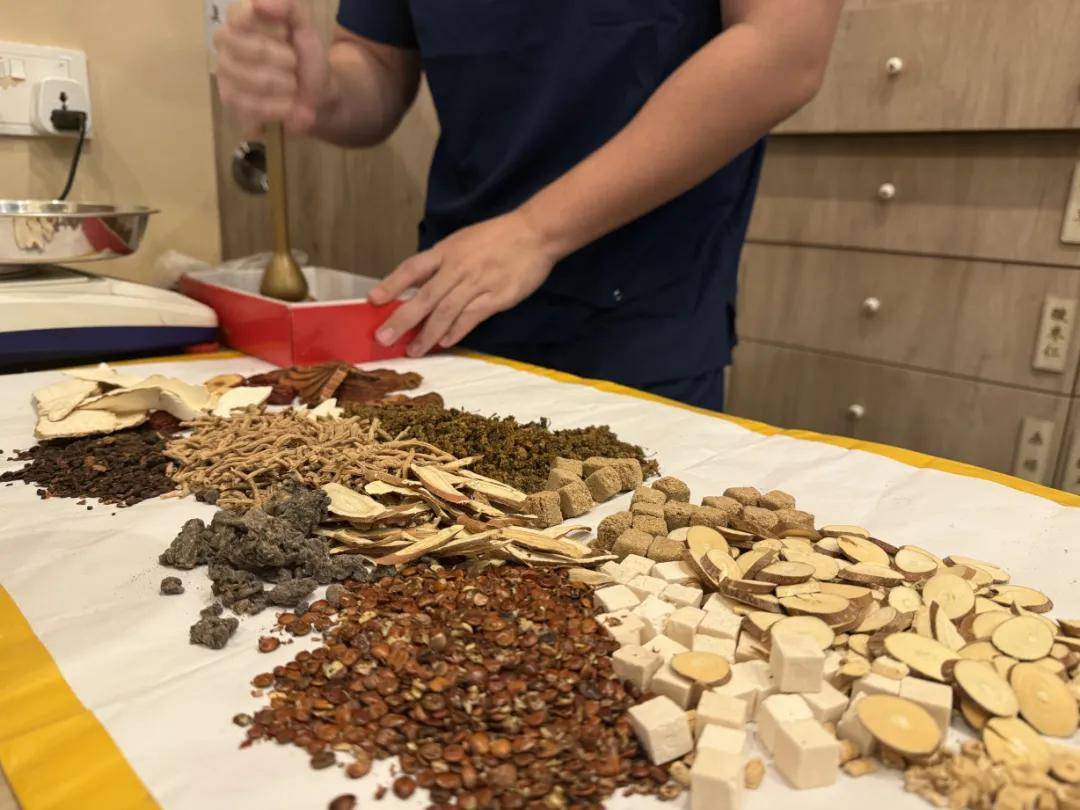
Skin and Joint Manifestations
Skin issues: Recurrent eczema and acne, oily and itchy skin.
Joint pain: Soreness in the knees, difficulty bending and extending, related to increased synovial fluid in the joint cavity.

Causes of Excessive Dampness
What exactly causes excessive dampness in the body?
In Traditional Chinese Medicine (TCM), dampness is categorized into "external dampness" and "internal dampness." External dampness originates from the natural environment, such as during rainy seasons or in humid conditions, making the body more susceptible to dampness invasion.
The other type is internal dampness, which arises from imbalances in the body's internal functions. As stated in Su Wen: The Great Treatise on the Ultimate Truth, "All dampness-related swelling and fullness are related to the spleen." The root cause of internal dampness lies in spleen and stomach qi deficiency and impaired transportation and transformation. TCM holds that "the spleen and stomach are the source of qi and blood production." Poor dietary habits—such as irregular eating, excessive consumption of the five flavors, or extreme dieting—can damage the spleen and stomach, leading to deficiency. When qi is insufficient, it fails to promote proper fluid metabolism, resulting in stagnation that transforms into dampness.
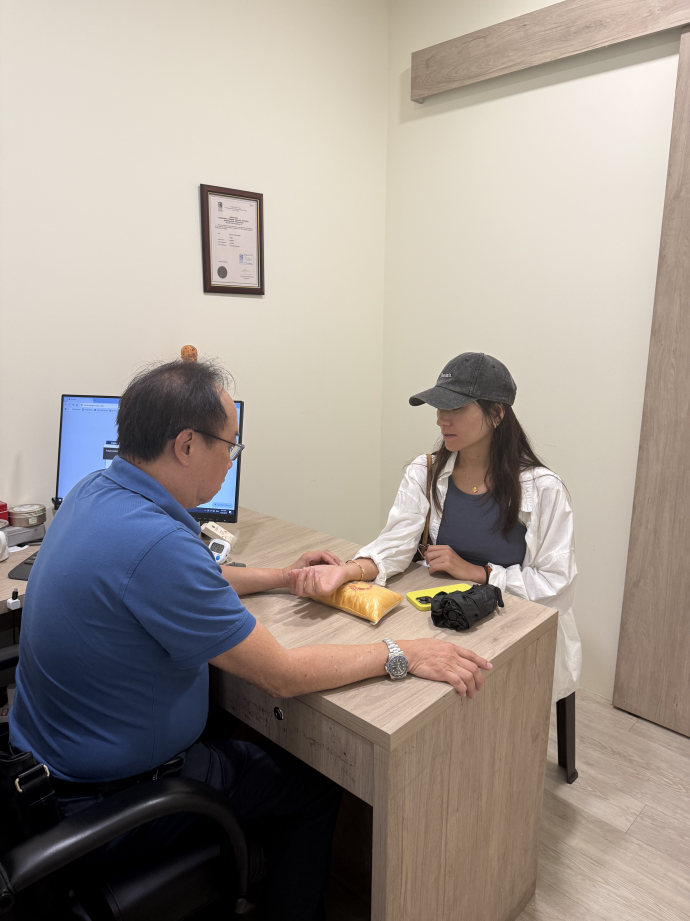
Learn Effective Dampness-Removing Tips
Regain a Refreshed Body
How can people with excessive dampness eliminate it most quickly and effectively? According to Chen Shuntao, a TCM expert from Nanchang Gongfangtang, traditional Chinese medicine follows a three-step approach to treating dampness: "prevention, regulation, and nourishment."
Dietary Tips to Expel Dampness
Eat more dampness-removing foods:
Barley, red beans, mung beans, winter melon, Chinese yam, and foxnut have spleen-strengthening and dampness-eliminating effects. They can be cooked into porridge, soup, or eaten directly. For example, barley and red bean porridge—made by boiling washed barley and red beans together—has excellent dampness-removing benefits.
Drink tea in moderation:
Green tea and pu-erh tea have diuretic effects and can be consumed in appropriate amounts. Some herbal teas, such as San Ren Tang (Three Kernels Decoction), Wu Hua Cha (Five Flowers Tea), barley tea, perilla ginger red date tea, or cardamom-amomum-lotus leaf tea, can also be helpful. However, these should be used under a doctor's guidance.
Control your diet:
Reduce intake of greasy, spicy, raw, cold, and overly sweet foods to avoid worsening dampness and phlegm production. Avoid overeating or extreme dieting, and maintain regular eating habits.
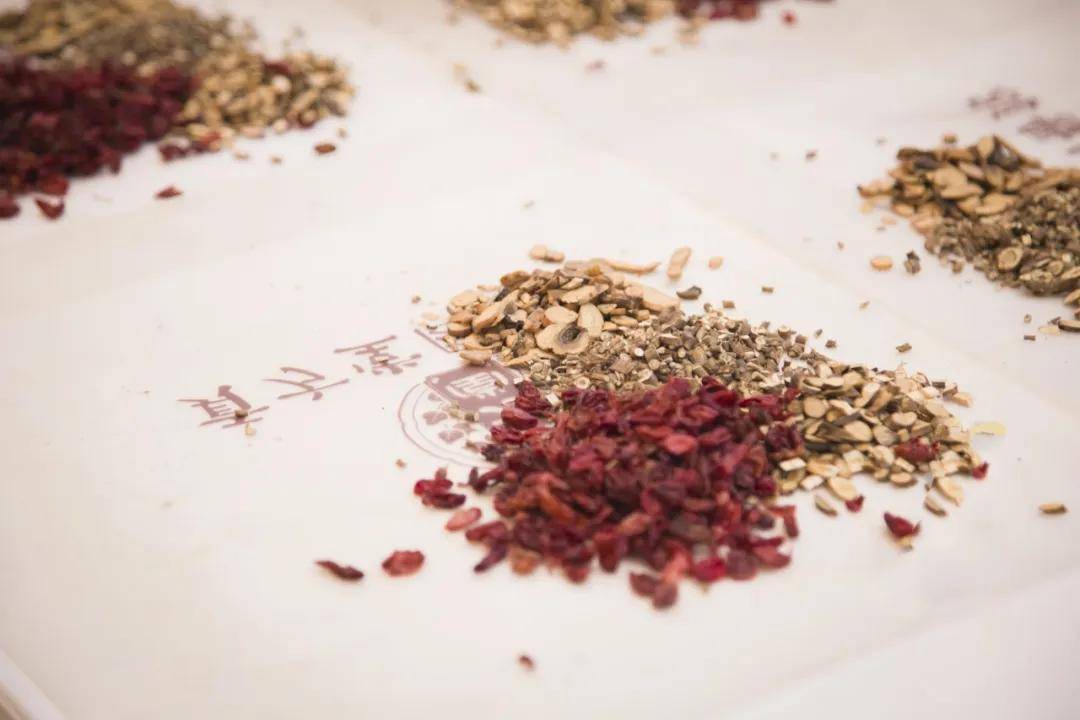
TCM Syndrome Differentiation and Treatment for Dampness Removal
Treatment Based on Pattern Differentiation:
Dampness and phlegm-related illnesses are often stubborn and recurrent, frequently combining with other pathogenic factors. As Zhu Danxi of the Yuan Dynasty noted, "Many diseases are caused by phlegm." Therefore, if people already suffer from severe dampness, it is advisable to consult a TCM practitioner for syndrome differentiation and personalized treatment.
Enhancing Efficacy with External Therapies:
After syndrome differentiation, external therapies such as gua sha (scraping), cupping, moxibustion, and acupoint application can be used to improve dampness-removing effects and accelerate the elimination of turbid dampness.
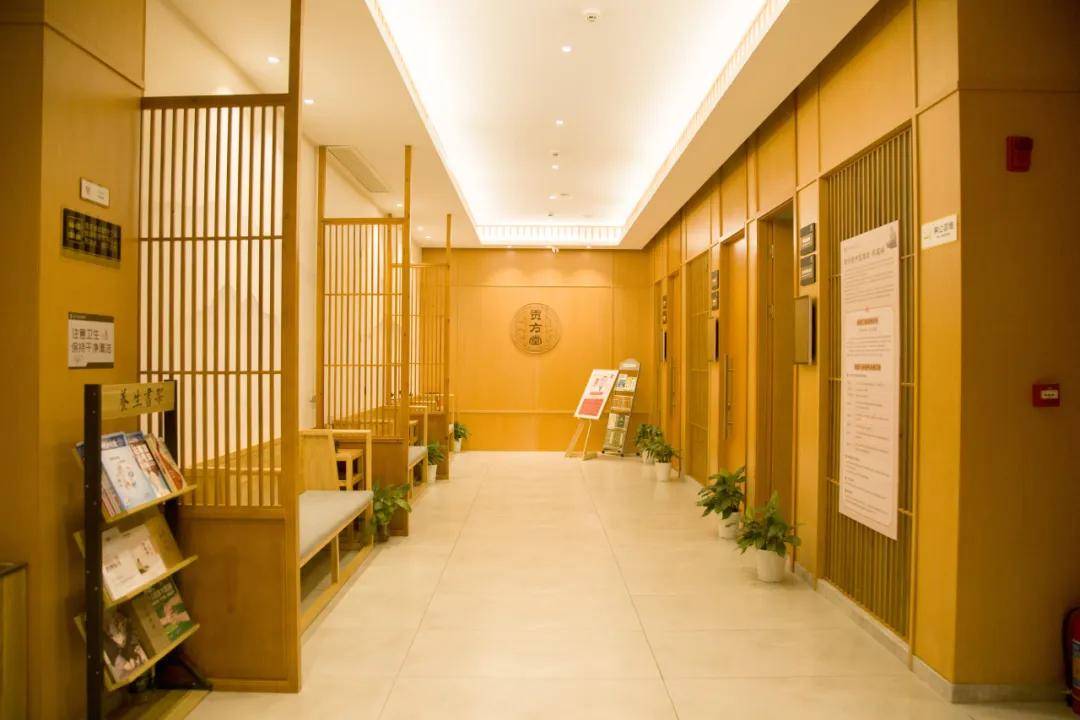
Maintaining Good Daily Habits
In addition to TCM treatments, maintaining good lifestyle habits is crucial for eliminating dampness.
Keep living spaces well-ventilated and dry, avoiding prolonged exposure to damp environments.
Engage in moderate exercise—such as walking, jogging, yoga, or swimming—to promote blood circulation, boost metabolism, and help expel dampness from the body.
Ensure adequate sleep and avoid staying up late.
Moderate sun exposure on the back can replenish yang qi, aiding in water-dampness metabolism.
Wear breathable, comfortable clothing and shoes to prevent aggravating internal dampness.

Traditional Chinese medicine emphasizes the principle of "harmony between humans and nature" and "preventing disease before it occurs." Through comprehensive regulation to strengthen the spleen and earth element, dampness and turbidity will naturally dissipate, thereby preserving vital energy and ensuring a healthy summer.
